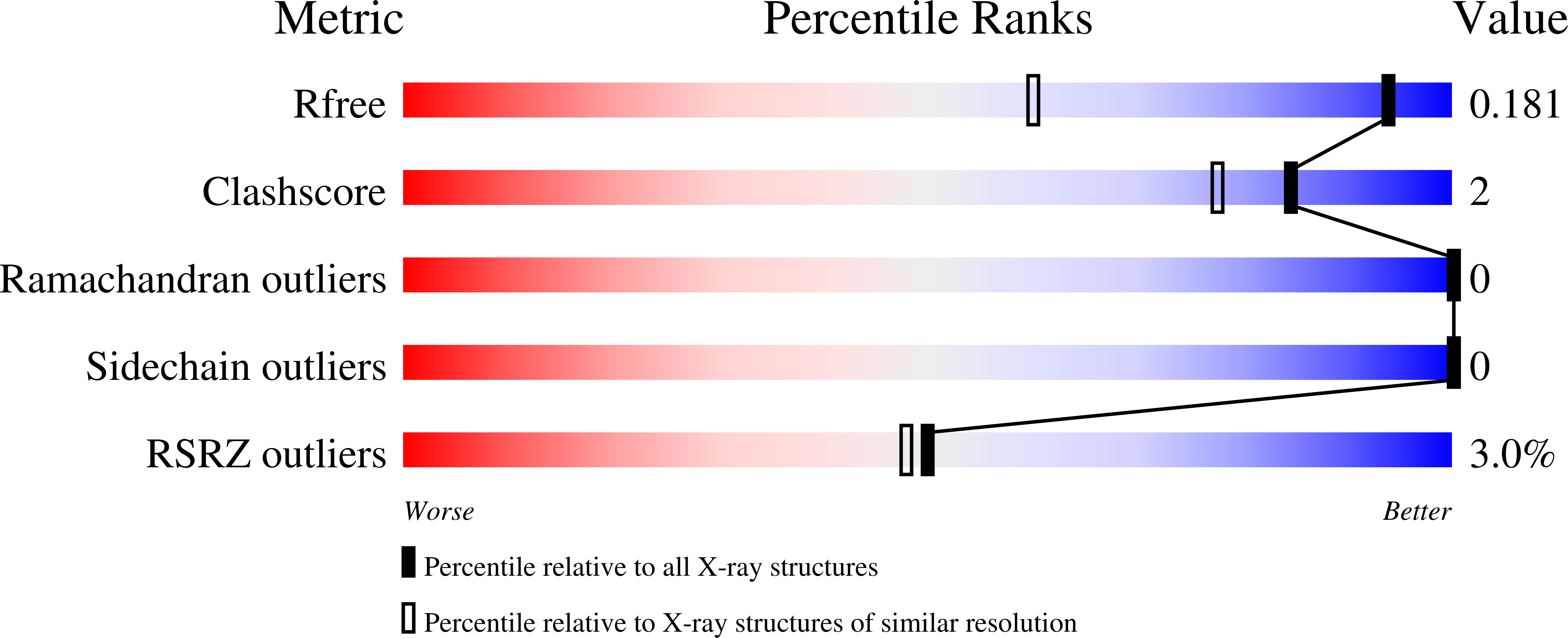
Deposition Date
2022-08-23
Release Date
2023-05-17
Last Version Date
2023-10-25
Entry Detail
PDB ID:
8E7A
Keywords:
Title:
Crystal structure of the p53 (Y107H) core domain orthorhombic P form
Biological Source:
Source Organism:
Homo sapiens (Taxon ID: 9606)
Host Organism:
Method Details:
Experimental Method:
Resolution:
1.30 Å
R-Value Free:
0.17
R-Value Work:
0.14
R-Value Observed:
0.14
Space Group:
P 21 21 2


